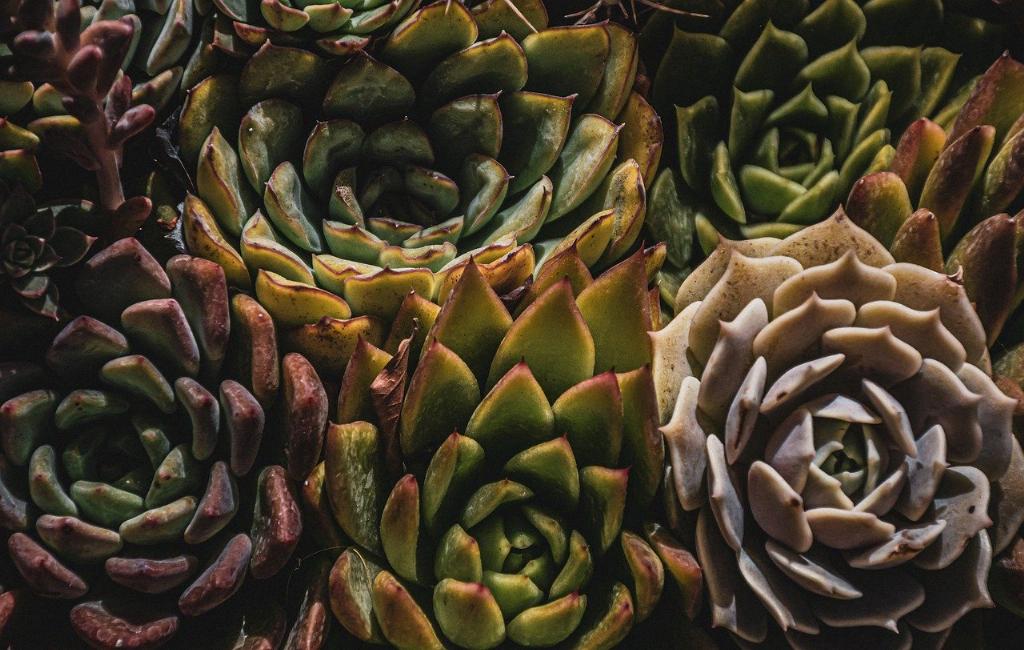When it comes to caring for your beloved succulents, understanding their temperature preferences is crucial. These resilient plants tend to thrive in moderate climates, with temperatures typically falling within the range of 60 to 80°F. However, succulents are known for their ability to adapt, and some can withstand colder temperatures as low as 40°F or higher temperatures approaching 90°F.
Temperature Range for Succulents
Being able to tolerate a varying range of temperatures makes succulents quite versatile plants. This flexibility allows them to thrive in different environments, whether it be indoors or outdoors. While they do prefer mild temperatures, they can adapt to more extreme conditions with some care and attention from the gardener.
Utilizing Temperature to Enhance Succulents
Interestingly, some gardeners purposely expose their succulents to extreme temperatures as a method to induce stress, leading to changes in color and texture. This practice is often used to create unique visual effects as the succulents respond to the environmental stimuli.
Low-Temperature Tolerance
For succulents that can withstand colder temperatures, such as those that can survive in 40°F conditions, it’s important to provide adequate protection during harsh winters. Providing insulation or bringing them indoors during freezing periods can help ensure their health and longevity.
High-Temperature Tolerance
On the other end of the spectrum, succulents that can handle temperatures up to 90°F require special attention during hot summer months. Ensuring proper hydration and shielding them from direct sunlight during peak heat hours can prevent heat stress and sun damage.
Factors Affecting Temperature Tolerance
While succulents are generally resilient, their ability to tolerate temperature extremes can also be influenced by other factors such as humidity levels, soil quality, and individual species characteristics. Understanding these variables can help you create an optimal environment for your plants.
Monitoring Temperature Fluctuations
Regularly monitoring the temperature levels around your succulents can help you prevent sudden shocks that may harm their growth. Using a thermometer in your gardening space and being aware of seasonal changes can aid in maintaining a stable climate for your plants.
Adapting to Indoor Environments
For succulent enthusiasts who prefer to keep their plants indoors, it’s essential to replicate their preferred temperature range as closely as possible. Placing them near windows with adequate light exposure and providing proper ventilation can help mimic outdoor conditions.
Common Signs of Temperature Stress
Keeping an eye out for signs of temperature stress in your succulents is vital for early intervention. Symptoms such as wilting, yellowing leaves, or unusual color changes can indicate that your plants are experiencing discomfort due to extreme temperatures.
Seeking Professional Advice
If you’re unsure about how to best manage temperature conditions for your succulents, consulting with a local nursery or experienced gardener can provide valuable insights. They can offer tailored recommendations based on your specific plant varieties and local climate.

Conclusion
In conclusion, understanding the temperature tolerance of succulents is crucial for their overall health and well-being. By being attentive to their preferred temperature range, adapting to changing conditions, and recognizing signs of stress, you can cultivate a thriving environment for your succulent collection. With proper care and knowledge, your succulents will continue to delight you with their beauty and resilience.
